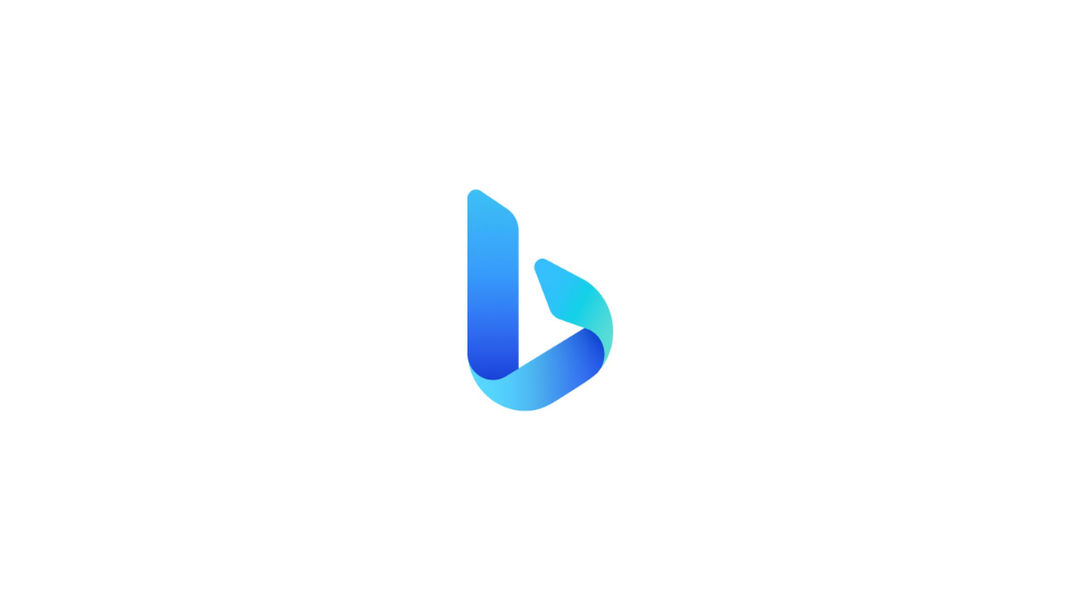Bing ads can be highly effective at increasing your click-through rate (CTR) and accessing different cohorts of consumers.
If you’re asked to think of a search engine, the first thing you will think of will almost certainly be Google. This type of thinking makes sense: After all, Google search has the majority market share of search engine business, and it leads the world in mobile and desktop searches.
It would be foolish, however, to assume that Google ads are the only search engine that you can use. Indeed, other search engines, like Yahoo and Bing, remain viable alternatives.
It is particularly worth reviewing Bing Ads because campaigns run on this network can sometimes be both cheaper and more effective. Let’s dive in.
What Are Bing Ads?
Before reviewing Bing Ads, it is necessary to review Bing.
Bing search is an alternative search engine. Started in 2009 by Microsoft, Bing was meant to steer traffic away from Google and provide Microsoft advertising with an additional revenue source. Bing offers a variety of search ads that allow users to target various demographics and keywords.
Bing works like your standard search engine. Searchers will arrive on Bing and search for a particular keyword. Depending on the ad groups associated with that keyword, they will be greeted by a variety of display ads related to the search in question.
What Is the Difference Between Bing Ads and Google Ads?
The most important difference is also the most obvious: Bing and Google use different search networks. As a result, the ads come in other formats and work with different APIs.
While the general principles behind each advertising network are the same, there are differences between the two. Both appeal to different slices of the search engine market due to overall market share and the partner sites that they use.
According to FAQs provided by both websites and third-party articles, nearly half of all United States searches are on Bing, which is primarily driven by Bing’s extensive integration with Google products.
These integrations are also crucial to understanding the ad differences. Google ads run across the Google network, while Bing ads run across the Microsoft equivalent. This also means that the two networks operate with a different Universal Event Tracking (UET) tag.
Which One Is Better?
There’s no set answer about what search network is best. In the end, it comes down to the metrics you are using to judge success.
Currently, Google has a higher search volume. It has more monthly searches and is more commonly incorporated in digital marketing efforts. However, don’t confuse this volume with effectiveness. Both platforms are very powerful, but having a Bing ads account can help you gain access to an advertising base that you may not see otherwise.
Some of this also comes down to personal preferences. Google Adwords and Bing Ad campaigns have similar tools for keyword research, bidding on PPC or CPC prices, and the ability to target audiences by location or time zones.
Both can also allow you to select targeted landing pages for your advertisements, ensuring that you can be even more effective and impactful with your ads. Both will enable you to place and bid on ads based on keywords, and both allow you to incorporate negative keywords into the advertisements you place.
Here’s Why Bing Ads Can Be Undercover Awesome
The simple truth is that bing ads can be highly effective at increasing your click-through rate (CTR) and accessing different cohorts of consumers. This is the case for many reasons.
First, Google and Bing have highly different integrations, and these may allow you to hit a different target audience. For example, Bing is the default search engine for MSN and Edge, the Microsoft Internet explorer. This gives you access to an audience you may not see otherwise, and this can greatly help your SEO while also increasing your conversion rate.
Second, keep in mind that Bing isn’t as popular as Google, which may work in your favor. Because it is less popular, there is less competition for Bing and Microsoft ads. Bing ads campaigns may have a lower cost than Google, LinkedIn, or Facebook ads. This reduced pricing may unquestionably work in your favor and reduce the average cost of your PPC advertising while allowing you to increase the total value of your ad spend.
Finally, it is essential to consider SEO attribution. This means that you identify where your customers are searching and where they are coming from. Only you have the data that can determine if your audience is using Google or Bing, but if the data determines that your customers are coming from Bing, you have a HUGE opportunity to advertise to that demographic at a lower price.
Our Thoughts
At the end of the day, most of your focus as a marketer will gravitate towards Google ads. This is totally fine, but don’t sleep on Bing. As with everything we do, test it out, measure the success, and optimize. If, after a while, it’s not yielding the results you or your client is looking for, then move on.
You may be surprised, however, that Bing is undercover awesome because there is less competition for certain keywords compared to Google ads. Give it a shot and let us know what you think!

